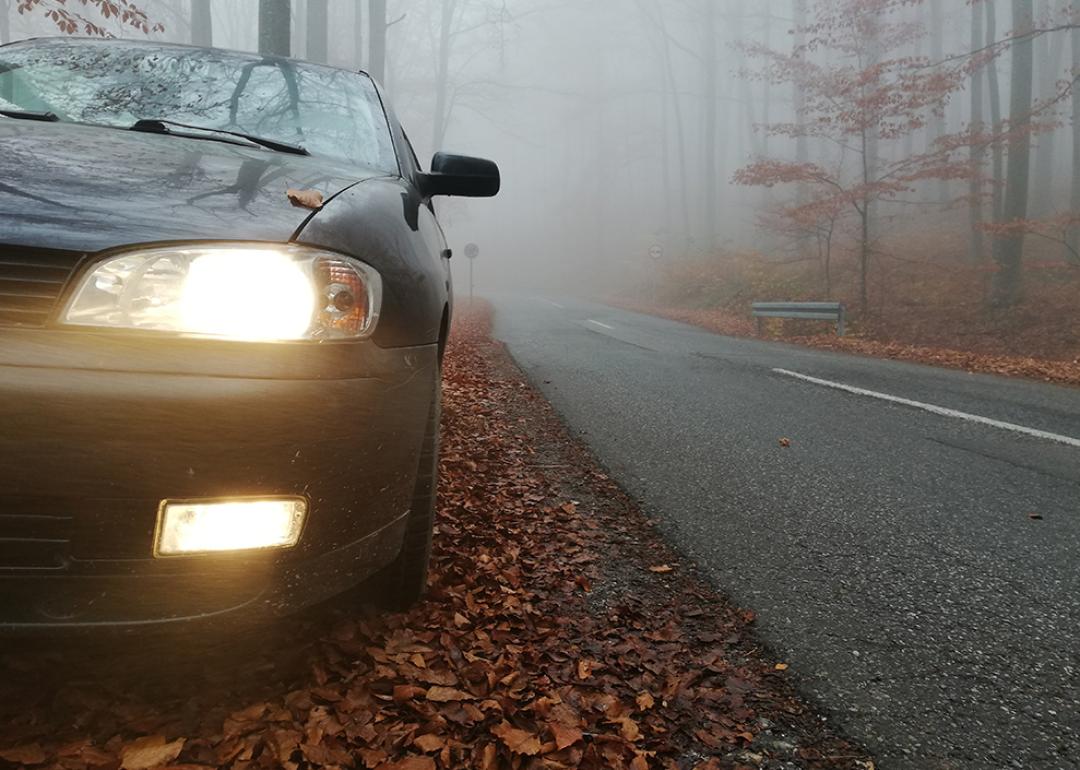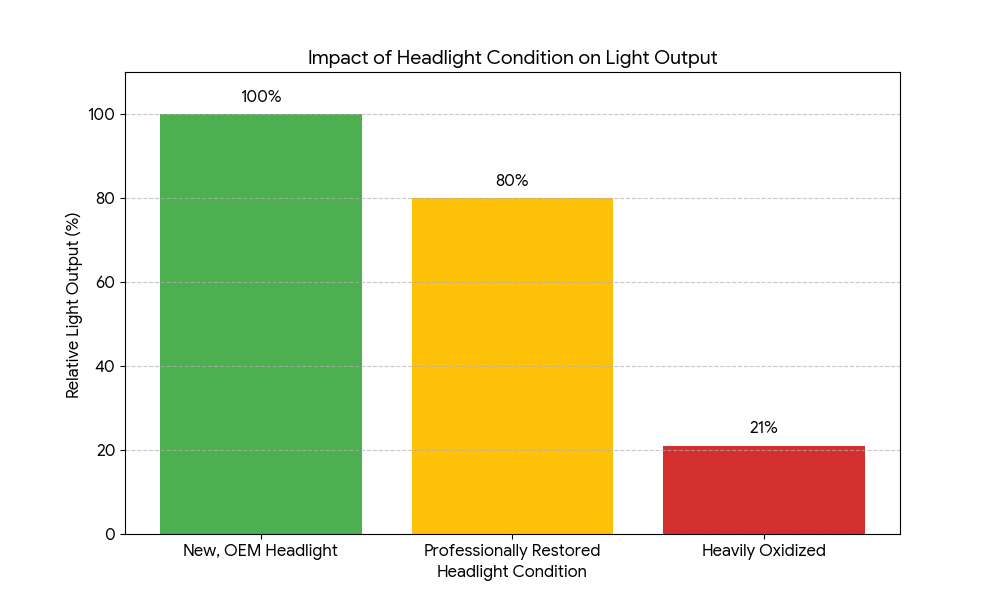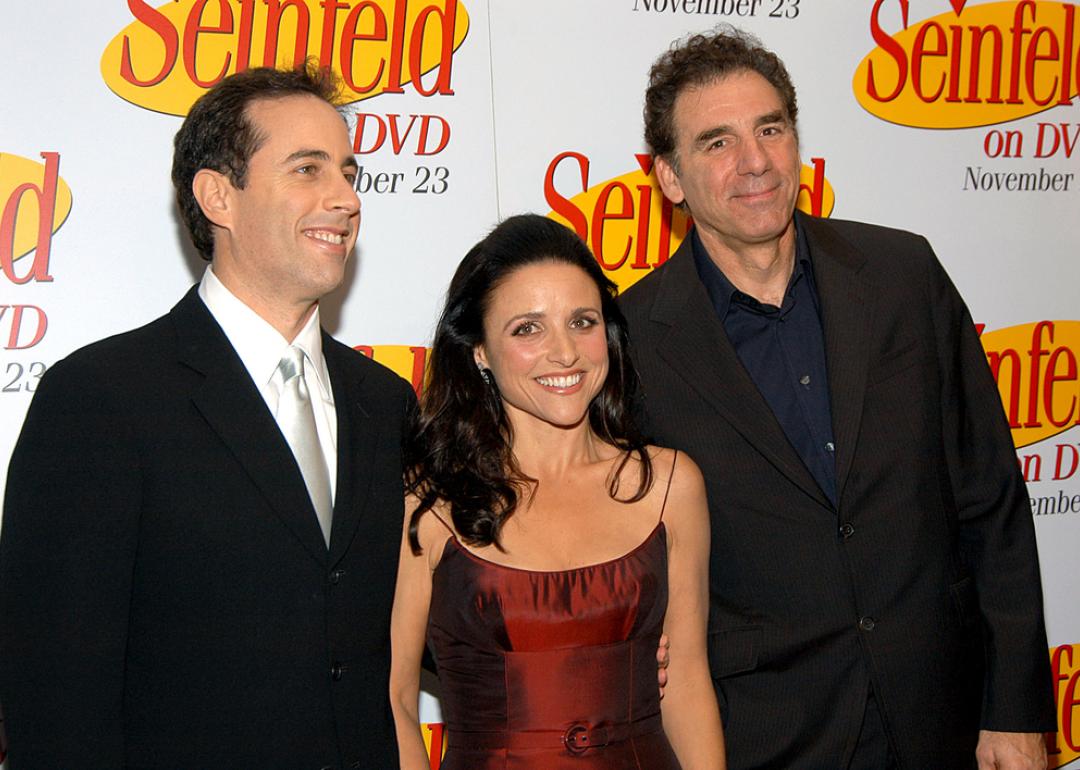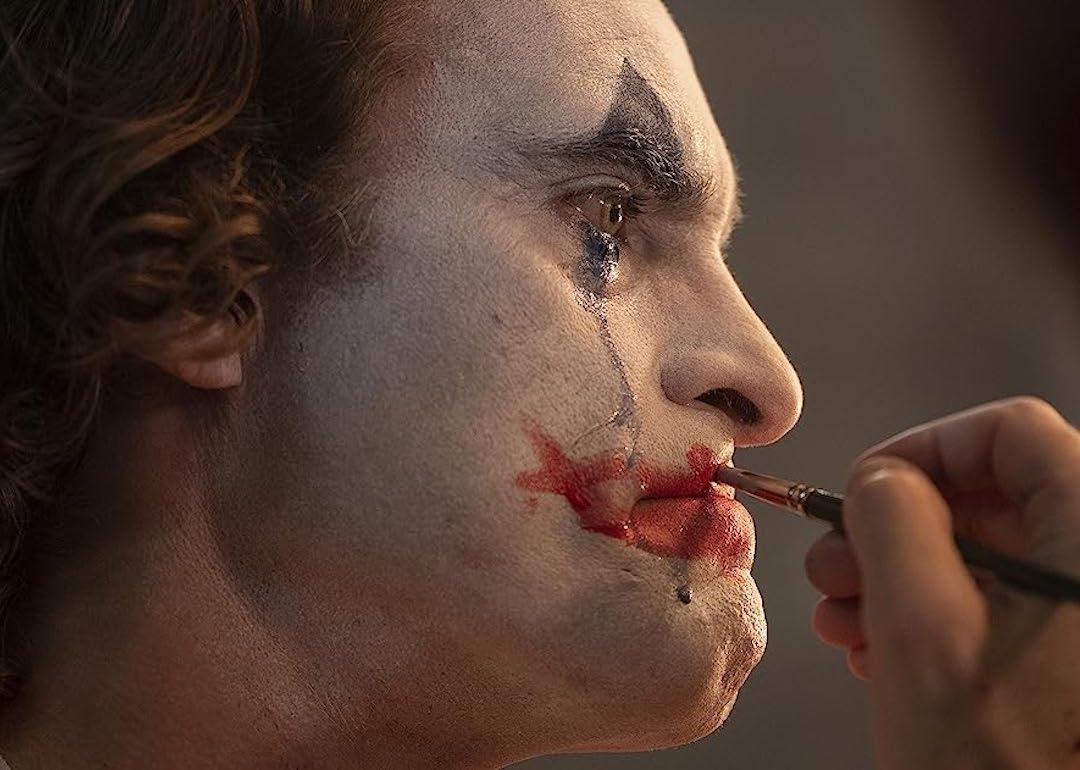
Time for a fall check-up: Should car headlights be inspected for the darker driving season?
Time for a fall check-up: Should car headlights be inspected for the darker driving season?
As the transition from summer warmth to autumn crispness takes hold, our routines shift. However, one essential preparation often gets neglected: ensuring your vehicle’s headlights are operating at peak efficiency. With the imminent conclusion of Daylight Saving Time and the general reduction in daylight hours, your nighttime driving duration and risk exposure is about to increase significantly. Staying safe on the road is always paramount; CheapInsurance.com recommends a proactive, professional inspection of your lighting system for the darker driving season ahead.
The Critical Safety Imperative: Headlights and Reaction Time
The necessity of clear, powerful headlights escalates during the fall and winter months. Reduced visibility from earlier sunsets is frequently compounded by adverse weather conditions such as fog, rain, or sleet. In these conditions, reliable illumination is the foundation of defensive driving.
Your headlights perform two vital safety functions:
- Illumination: They define the road ahead, revealing hazards, road markings, and pedestrians.
- Detection: They ensure your vehicle is clearly visible to all other drivers, reducing the risk of being struck.
Compromised light output, whether from a failing bulb, improper alignment, or an oxidized lens, directly shortens the distance you can effectively see. This diminished sight distance directly correlates to a decreased reaction time, making it substantially more difficult to avoid potential accidents, especially at higher speeds. Ensuring optimal light performance is the most straightforward way to enhance driver safety during the season of low light.
The Professional Headlight Inspection: Three Key Areas
A thorough fall headlight check-up focuses on restoring and verifying three core elements: the lenses, the bulbs, and the alignment.
1. Addressing Lens Clarity: The Oxidation Barrier
Most modern headlight lenses are made of polycarbonate plastic, which degrades when exposed to solar UV radiation. This degradation process, known as oxidation, creates a cloudy, yellow, or hazy film on the surface.
- The Impact: This haze acts as a diffusion shield, severely scattering the light beam and significantly blocking the light’s passage. A lens with heavy oxidation can reduce usable light output by up to 80%.
- The Solution: Restoration and Protection: For mild to moderate damage, a headlight restoration service is highly recommended. This involves specialized cleaning, abrasive resurfacing, and polishing to remove the damaged layer, followed by the application of a UV-protective sealant. This process restores the lens to near-original clarity, maximizing light projection. For deep internal damage or cracking, a complete assembly replacement may be the only professional option.

This chart, based on research conducted by the American Automobile Association (AAA) regarding headlight lens deterioration and restoration effectiveness, clearly illustrates the safety imperative by showing the dramatic 79% loss in light output when headlights are heavily oxidized, and how professional restoration can recover approximately 80% of the original performance.
2. Assessing Bulb Performance: Lumen Depreciation
A common mistake is waiting for a bulb to completely fail. Headlight bulbs undergo lumen depreciation, meaning their light output diminishes steadily over their lifespan, even before burnout.
- The Assessment: Check all lights, low beams, high beams, and fog lights, for functionality. Crucially, compare the color and intensity of the paired bulbs. A bulb that appears distinctly dimmer or has a noticeable yellowish tint compared to its mate is approaching the end of its useful life and should be replaced in pairs. Since they share the same operational history, the non-failed bulb is likely to dim or fail shortly thereafter.
- The Requirement: Ensure replacements match the original equipment manufacturer (OEM) specifications, whether Halogen, Xenon HID, or LED, to maintain the vehicle’s electrical integrity and designed light pattern.
3. Ensuring Precision Alignment: Controlling the Beam
Even perfectly clear and bright headlights are a liability if they are not aimed correctly. Improper alignment is a safety issue for two reasons:
- Aiming Too Low: Reduces the effective illumination distance, forcing the driver to “overdrive” their lights.
- Aiming Too High: Causes dangerous and dazzling glare for oncoming drivers, risking temporary blindness and potential accidents.
- The Recommendation: While rudimentary checks can be performed at home, the most accurate and safe adjustment requires professional tools. A qualified technician will use specialized alignment equipment to precisely set the beam’s cutoff line according to manufacturer specifications. This is especially vital for vehicles equipped with complex or Adaptive Front Lighting Systems (AFS).
Proactive Safety: A Non-Negotiable Annual Check
Adopting a proactive fall check-up ensures you enter the darkest driving period with maximum visibility, rather than waiting for a failure to force a reactive, and potentially rushed, repair.
As the days shorten, the demand on your vehicle’s lighting system increases dramatically. View this annual check-up as a foundational part of your overall vehicle safety strategy. Investing in your headlight clarity and alignment is an investment in your safety and the safety of everyone else on the road. Ensure you see, and are seen, this season.
Frequently Asked Questions: Headlight Inspection for Darker Driving
Why is proper headlight alignment and aiming important for safety?
Properly aimed headlights ensure you can see the road clearly without blinding oncoming drivers. Misaligned headlights can significantly reduce visibility for you and increase the risk of accidents by causing dangerous glare for others.
How often should I check or restore my car headlights?
You should visually check your headlights monthly and clean them regularly to remove dirt and grime. Restoration (for cloudy or yellowed lenses) may be needed every few years, as haziness can drastically reduce light output and overall visibility.
What are the signs that my headlight bulbs need to be replaced?
Headlights that are noticeably dimming, flickering, or burnt out, as well as lenses that appear cloudy or yellowed, are all critical signs that maintenance or replacement is immediately required to ensure safe night-time driving and avoid potential traffic fines.
This story was produced by CheapInsurance.com and reviewed and distributed by Stacker.



